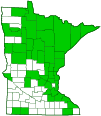northern pearly eye
(Lethe anthedon)
Conservation • Description • Habitat • Ecology • Distribution • Taxonomy
|
|
|||||||||||||
Description |
Northern pearly eye is a medium-sized butterfly found in woodlands. The antennae clubs are black with an orange tip. The upper wing surface is medium brown with areas of lighter and darker brown and several black eyespots. The upper forewing has four round spots and a dark brown zigzag line about halfway between the body and the margin. The spots are dark brown and are surrounded by a pale ring. The spots do not have white centers. The second spot (from the outer edge of the wing) is the smallest of the four, and may be nearly absent. The upper hindwing has 5 large spots. The margin of the hindwing is slightly scalloped. The lower wing surface is grayish-brown and more boldly patterned than the upper surface. There are two bold lines crossing the wing horizontally. The line closest to the body is relatively straight, the one near the center is zigzagged. The underside of the forewing has four black eyespots, each with a single white pupil in the center, in nearly a straight line. Each eyespot is surrounded first by a narrow yellow ring, then a wider darker ring that overlaps that of the neighboring eyespots, then by a pale band that surrounds the entire group of eyespots. The second spot (from the outer edge of the wing) is the smallest of the four. The lower hindwing has 6 eyespots. The lowest one (nearest to the body) is a double eyespot, with two small black spots and two white pupils. The caterpillar is yellowish-green and up to 1¾″ long. The head is medium yellowish-green, is covered with whitish spots (granules), and has a pair of short, pink to red horns. The horns are shorter than the width of the head. The mandibles are blackened. The abdomen is light yellowish-green with a series of narrow slightly darker and slightly lighter stripes, including a broad green upper (middorsal) stripe and a yellowish-green stripe below the breathing openings (spiracles). The last (tenth) abdominal segment has a pair of pink to red horns that are held down and together. There is often a thin subdorsal stripe, green above and yellow below, that extends from the head horn to the abdominal horn. The abdomen is covered with hairs, especially above the leg-like structures (prolegs), but this may not be apparent without magnification. Mature caterpillars are found in June. There are two subspecies, L. a. borealis, the northern subspecies, and L. a. anthedon, the southern subspecies. Both occur in Minnesota. L. a. anthedon upper wing surface has a more grayish cast. The lower surface of the hindwing is lighter, more grayish, and often has a violet tinge. The pale band surrounding the eyespot group on the lower surface is variable but generally narrower. L. a. borealis upper wing surface has a more brownish cast. The lower surface of the hindwing is darker, more brownish, and never has a violet tinge. The pale band surrounding the eyespot group on the lower surface is variable but generally broader. |
Size |
Wingspan: 1¾″ to 2⅝″ |
Similar Species |
Appalachian brown (Lethe appalachia) hindwing is less scalloped. The second forewing spot is not smaller than the first. The bands across the underside of both wings are narrower. The underside of both wings is are the same color as the upperside, light brown not grayish-brown. The pale area surrounding each eyespot is clearly separated from that of its neighbor. Eyed brown (Lethe eurydice) is paler and has smaller spots. One or more of the spots on the upper hindwing has a white center. The eyespots on the lower hindwing have a much smaller black area. The line nearest to the center of the lower hindwing is more jagged, resembling the letter M. Little wood satyr (Megisto cymela) is smaller, with a wingspan no more than 1⅞″. It has only 2 eyespots on the upper forewing and 2 (male) or 3 (female) on the upper hindwing, most or all with double “pupils”. The line nearest to the center of the lower hindwing is relatively straight. |
Habitat |
Grassy edges and openings, dirt roads and trails in mature deciduous woodlands and forests, usually near streams, rivers, or marshes. |
Ecology |
Season |
One brood, late-June to late August. |
Behavior |
Males perch to wait for females at the edges of clearings on tree trunks, often upside down, or on foliage, 1½″ to 10″ above ground. Their wings are usually held together above the body, opening only occasionally and briefly. The flight is bouncy. They fly low, among and just above their caterpillar food plants. |
Life Cycle |
The female lays eggs singly on host plants. The eggs hatch in the fall. The offspring overwinter as hibernating third- or fourth-stage (instar) caterpillars. Adults emerge in late-June to late August. |
Larva Hosts |
Many grasses, including white grass, bearded shorthusk, reed canary grass, false melic grass, and eastern bottlebrush grass. |
Adult Food |
Liquids from dung, fungi, carrion, mud, and sap, but not flower nectar. |
Distribution |
||
|
Sources 7, 21, 24, 27, 29, 30, 71, 75, 82, 83. Biodiversity occurrence data published by: Minnesota Biodiversity Atlas (accessed through the Minnesota Biodiversity Atlas Portal, bellatlas.umn.edu, 6/22/2025). The northern subspecies L. a. borealis inhabits the northern third of the state. The southern subspecies L. a. anthedon inhabits the southern two-thirds of the state. The two ranges overlap on a narrow strip from East Grand Forks in the west to Rush City in the east. |
|
| 6/22/2025 | ||
Occurrence |
||
Common |
||
Taxonomy |
|
Order |
|
Superfamily |
Papilionoidea (Butterflies) |
Family |
|
Subfamily |
Satyriinae (satyrs, morphos, and allies) |
Tribe |
Satyrini (alpines, arctics, nymphs, and satyrs) |
Subtribe |
Lethina |
Genus |
Lethe (pearly eyes and allies) |
Subgenus |
Enodia (pearly eyes) |
Tribe Genus |
|
Subordinate Taxa |
|
northern pearly eye (Lethe anthedon anthedon) northern pearly eye (Lethe anthedon borealis) |
|
Synonyms |
|
Enodia anthedon Enodia portlandia anthedon |
|
Common Names |
|
northern pearly eye northern pearly-eye |
|
Glossary
Instar
The developmental stage of arthropods between each molt; in insects, the developmental stage of the larvae or nymph.
Proleg
A fleshy structure on the abdomen of some insect larvae that functions as a leg, but lacks the five segments of a true insect leg.
Spiracle
A small opening on the surface of an insect or arachnid through which it breathes.
Visitor Photos |
||
Share your photo of this insect. |
||
This button not working for you? |
||
Luciearl |
 |
Butterfly |
Greg Watson |
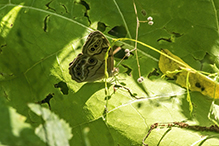 |
While hiking in the Great River Bluffs State Park near Nodine, MN, I took this picture of what I believe is the Northern Pearly-Eye. I used this webpage to help me make the determination: Northern Pearly-eye (Lethe anthedon) (insectidentification.org). |
Tallie Habstritt |
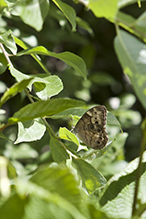 |
Tom Baker |
||
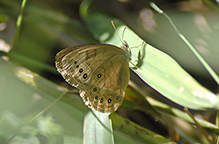 |
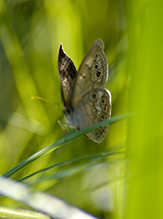 |
|
MinnesotaSeasons.com Photos |
||
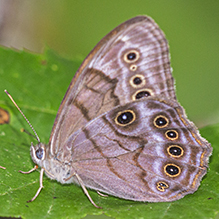 |
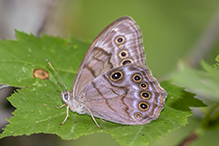 |
|
 |
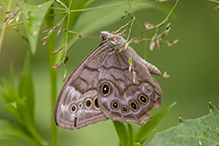 |
|
|
||
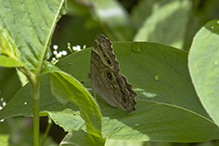 |
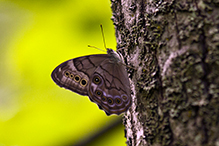 |
|
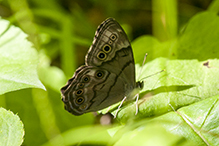 |
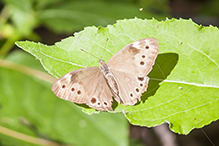 |

Slideshows |
Northern Pearly Eye |
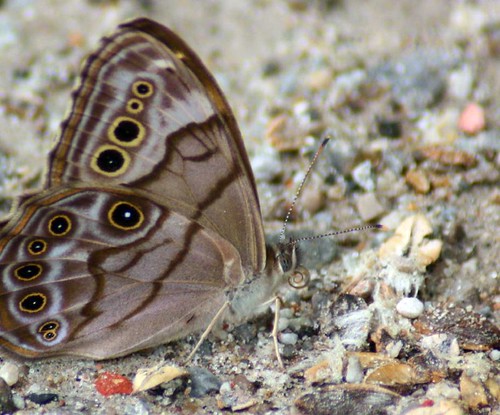
|
About
Copyright DianesDigitals |
Northern Pearly-Eye (Lethe anthedon) |
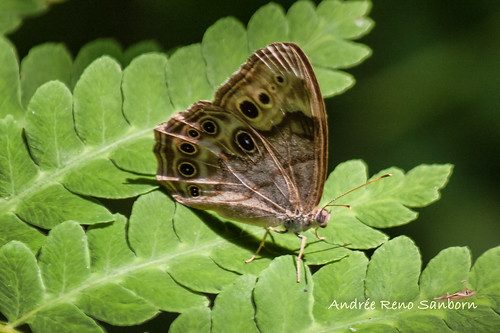
|
Enodia anthedon (Northern Pearly-eye) |
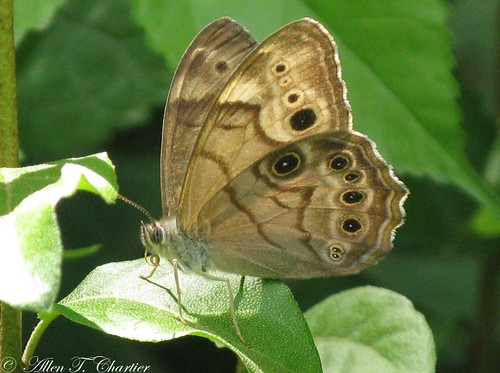
|

Visitor Videos |
||
Share your video of this insect. |
||
This button not working for you? |
||
|
Other Videos |
||
Northern Pearly-eye (Nymphalidae: Lethe anthedon) on Grassblade |
About
Uploaded on Jul 8, 2010 Photographed at the Rydell NWR, Minnesota (07 July 2010). |
Northern Pearly-eye Butterfly (Nympalidae: Lethe anthedon) on Leaf |
About
Uploaded on Jul 9, 2011 Photographed at the Turtle River State Park, North Dakota (08 July 2011). |
Northern Pearly-eye (Nymphalidae: Lethe anthedon) on Scat |
About
Uploaded on Jul 21, 2009 Photographed at Turtle River State Park, North Dakota (20 July 2009). Go here to learn more about this species: http://minnesotaseasons.com/Insects/northern_pearly_eye.html |
Northern Pearly Eye (Nymphalidae: Lethe anthedon) on Leaf |
About
Uploaded on Jul 21, 2009 Photographed at Turtle River State Park, North Dakota (20 July 2009). Go here to learn more about this species: http://minnesotaseasons.com/Insects/northern_pearly_eye.html |
Northern Pearly-eye (Nymphalidae: Lethe anthedon) on Grassblade |
About
Uploaded on Jul 21, 2009 Photographed at Turtle River State Park, North Dakota (20 July 2009). Go here to learn more about this species: http://minnesotaseasons.com/Insects/northern_pearly_eye.html |

Visitor Sightings |
||
Report a sighting of this insect. |
||
This button not working for you? |
||
Luciearl |
Location: Lake Shore, MN
|
 |
| Tallie Habstritt 7/16/2020 |
Location: Beltrami State Forest, Roseau County, Minnesota |
 |
MinnesotaSeasons.com Sightings |
||

Created: 6/29/2010 Last Updated: © MinnesotaSeasons.com. All rights reserved. |
